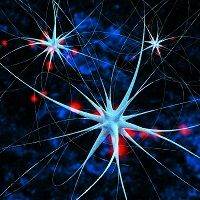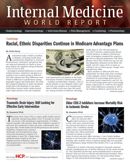Traumatic Brain Injury: Still Looking for Effective Early Intervention
A larger study published ahead of print in the New England Journal of Medicine indicated that progesterone's role in treating TBI was questionable.

Traumatic brain injury (TBI) is a major public health concern, especially among young adults. Every 15 seconds, an American incurs a TBI, translating to approximately 1.5 million injuries annually. TBI’s primary insult often initiated a cascade of processes that continued to injure the brain, unfortunately causing more than 50,000 deaths and 80,000 permanent and serious disabilities. Progesterone’s extensive pleiotropic and neuroprotective properties lead researchers to employ it in small studies to treat TBI. A larger study published ahead of print in the New England Journal of Medicine indicated that progesterone’s role in treating TBI was questionable.
This double-blind, multicenter clinical trial, conducted by the Neurological Emergencies Treatment Trials (NETT) investigators, enrolled patients with severe, moderate-to-severe, or moderate acute TBI measured using the Glasgow Coma Scale. The researchers assigned participants randomly to intravenous progesterone or placebo within 4 hours of injury; these interventions were administered for 4 days. They defined efficacy as an increase of 10 percentage points in the proportion of patients with favorable outcomes 6 months after injury.
The researchers planned to enroll 1140 patients, but ceased enrollment at 882. The reason for early stopping was futility with respect to the primary outcome.
Motor vehicle accident was the most likely precipitating event for TBI. Patients’ median age was 35 years, 73.7% were men and the mean Injury Severity Score was approximately 25 on 75-point scale with higher scores indicating increasing severity.
Patients treated with progesterone had outcomes similar to those in the placebo group. They were 3 times more likely to develop phlebitis or thrombophlebitis, however.
The researchers balanced study arms carefully so that injury severities were similar. They used both intention-to-treat analysis and a priori planned analysis; both revealed no treatment effect. This appeared to indicate that the NETT investigators must continue their search for an effective treatment to slow or stop damage to the brain after TBI.
